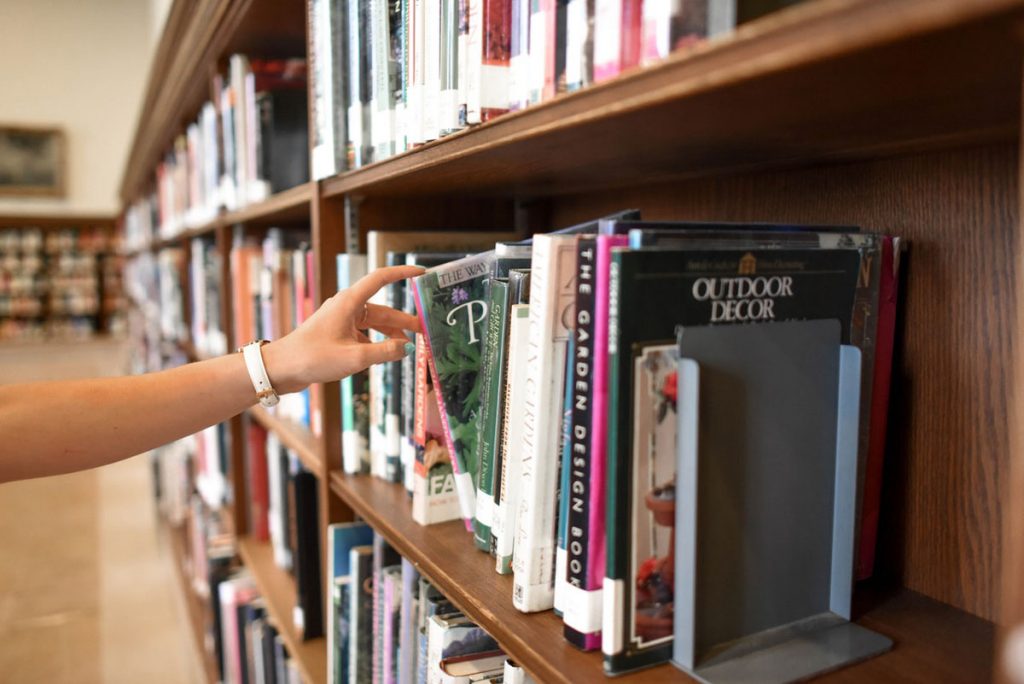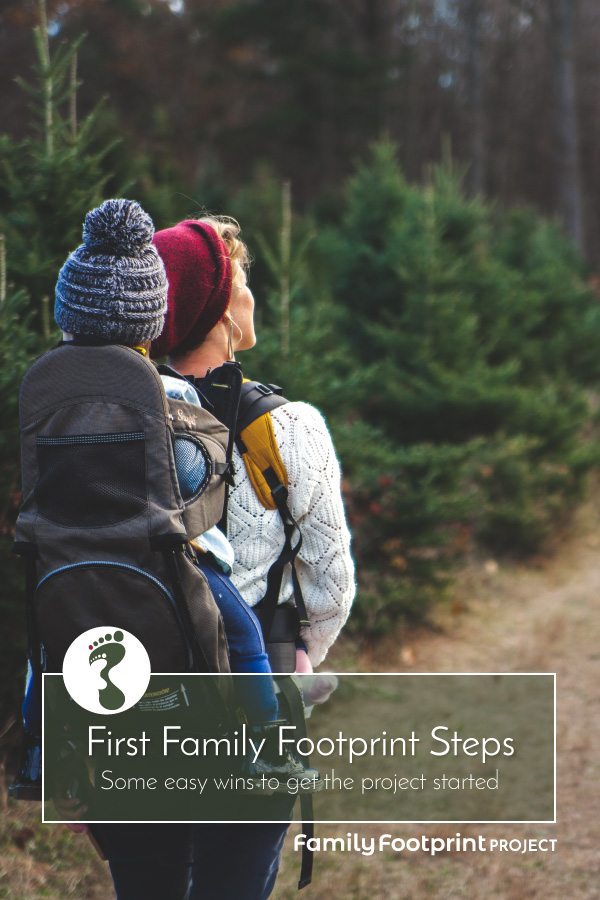20 Quick Steps to Get Started
To kick off our Family Footprint Project, I drew up a list of 20 things we could change in our household quite quickly and easily. These steps were in addition to continuing with the things we had already been doing for some time before the project began, as I discussed in my first post, Family Footprint Project Goals.
Here is the list of our first Family Footprint steps:
1. Swap tea bags for loose leaf tea
Some tea bags do not compost due to containing plastic. As an added benefit I am discovering the delights of different teas.
2. Use shampoo and conditioner bars
This is just me for now (and my husband has not used shampoo and conditioner for years now). I want to transition the kids over to this but that is a more complicated step. Read about my experience and what I use in this post.
3. Recycle soft plastics
Since downloading a complete list of what can and can’t be recycled through RedCycle we are stepping this up but, ultimately, I would like to minimise the amount of soft plastic coming into the house in the first place.
4. Carry and use reusable cutlery and straw
I have bought bamboo cutlery but I could just have easily taken some from our ‘nude lunch’ kit instead. The benefits of bamboo are that they are very light and you can take them through airport security but I don’t do that often anyway.
5. Use hankies instead of tissues
The kids are very resistant to this move. Why do they think it is so ‘ick’ to use a cloth hanky? Needs work…

6. Stop buying physical books new
We have long been users of our local library and the BorrowBox and Libby apps have an excellent collection of eBooks and Audiobooks for free through the library membership too. I also buy eBooks occasionally if I can’t find the title at the library and I currently have an Audible membership. My Buy Nothing group also has a lovely culture of sharing around secondhand books and I look out for them in secondhand shops as well of course.
7. Look for items secondhand first and only after considering if really needed
The first waste reduction principle is refuse which to me also means ‘refuse to buy if it isn’t really necessary’. The next principle is reuse which is where buying secondhand comes in. So I’ve committed to really considering whether purchases are necessary and then looking for them secondhand first.
8. Make and use reusable produce bags
Someone in my Buy Nothing group offered up a pair of old net curtains so I put my hand up for them and now have more than enough to make bags to buy fruit and veg at the farmers market and our local supermarket. We keep some with the shopping bags in the car and some with the shopping trolley that we take to the farmer’s market.
9. Make and use cloth bread collection bags
I have made a drawstring cloth bags in the same dimensions as the plastic bags used by Baker’s Delight to slip onto the sliced loaves of bread. I also have a couple of lightweight cotton tote bags for picking up bread rolls. My local Baker’s Delight is happy to use them instead of plastic. Make your own with my instructions here.
10. Get kids to rewear clothes rather than was each time
This is a work in progress. We, the grown-ups, have been in the habit of rewearing our clothes for years now. Training the kids to do it though will take some work!
11. Use bar soap rather than body wash and hand wash
We started using body wash in our shower when we installed a new glass shower screen with our house renovation. I had heard that soap suds can etch glass due to a chemical reaction. I’ve now got into the habit of cleaning the shower screen each weekend. It only takes a few minutes – I’m not cleaning the whole bathroom – and that should be enough to prevent any soap etching now we have returned to bar soap. Bar soap instead of handwash is a simple switch.
12. Menu plan consistently
I’ve been in and out of the habit of weekly menu planning since the children were small and it was a necessary sanity saver. We definitely waste less fresh food when we menu plan – and it is still a sanity saver! I’ve tried lots of different systems over the years but I now how one set up in Trello that I’m really loving and it’s making the weekly meal planning process relatively painless. Sometimes making a habit stick is about removing the friction between you and the action. Read more about my quick and easy menu planning system.

13. Buy Who Gives a Crap toilet paper and paper towel
There are options to using toilet paper but for now making the switch to a more sustainable, plastic and tree-free option is an easy step and one that the whole family will accept without a murmur. I am also trying to minimise our use of paper towel by using tea towels and reusable cloths where we might have used paper towel before but we are not yet ready to give up paper towel completely so it is easy to order this with our Who Gives a Crap toilet paper.
14. Use beeswax wraps instead of plastic wrap
I have bought a few beeswax wraps in different sizes and we are starting to get in the habit of using them more consistently. We have also reduced plastic wrap usage by using lidded containers and jars as well.
15. Make fresh pasta
This might not seem like an ‘easy’ step but in actual fact for us it isn’t too hard and we enjoy the fresh pasta so much more than the dried kind which comes packaged in plastic. I make the dough very quickly in the KitchenAid and my boys enjoy helping me run it through the pasta machine just before we cook it. The whole process doesn’t take long at all. See my method in 10 Things to Make from Scratch.
16. Make stock
Fresh stock is really easy to make and has far less salt than the bought kind so it has health benefits too. I’ve made it in the past. I’ve just got lazy about doing it. I’m also going to have a go at making stock concentrate cubes too. I believe stock concentrate is one of the first things Thermomix devotees make. I don’t have a Thermomix and don’t have any great desire to own one but I’m going to give it a go the “un-thermie” way. I will report back!
17. Buy yoghurt from young local teenager in reusable glass jars
We are fortunate to have an enterprising and eco-conscious young man near us who has started a little side-business making and delivering homemade yoghurt in reusable jars. We get a fresh litre pot of yoghurt once a fortnight. I was going to give making yoghurt a try because I am told it is easy but for the time being I’m happy to pay for this service.
UPDATE: I have now mastered making yoghurt. I share my method in this blog post.
18. Use silicone baking mats in place of parchment paper
I have a silicone baking mat that I used to use regularly. I got out of the habit. I have no idea why. Time to start using it again.
19. Buy clothes washing powder in cardboard box rather than liquid in plastic bottle
I have seen recipes for making my own washing powder. That is something to try but an instant and easy change is to swap my liquid (eco!) clothes washing product to a powder in a cardboard box.
20. Have pizza dough in freezer rather than buying boxed pizzas from supermarket
For those nights when there is actually NO time or for the, sadly many, occasions the boys won’t eat what I have prepared a box pizza is an easy go-to. But wrapped in plastic and cardboard, not to mention the questionable nutritional value, they are not an ideal choice. Pizza dough is so easy to make in the KitchenAid and I just package it up in single serve sized balls. The boys prefer it anyway.
So that is our list of 20 easy footprint-reducing changes. What 20 things could you change right away? See my 20 Eco Steps to Take Right Away for some ideas and let me know how you get on.
[mc4wp_form id=”96″]


